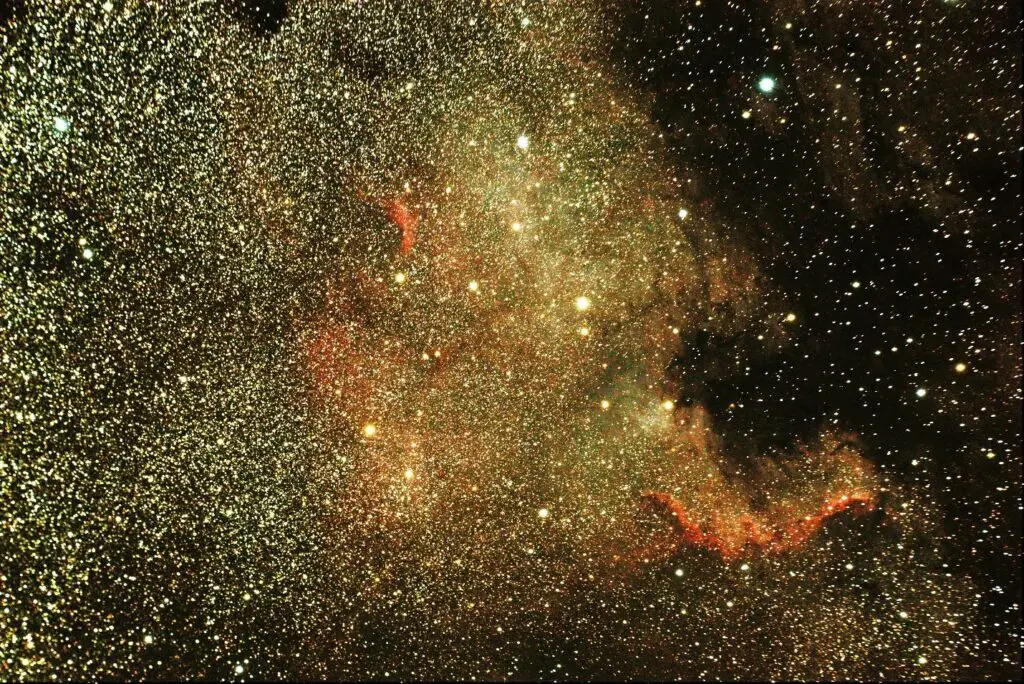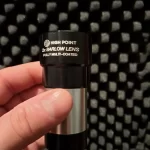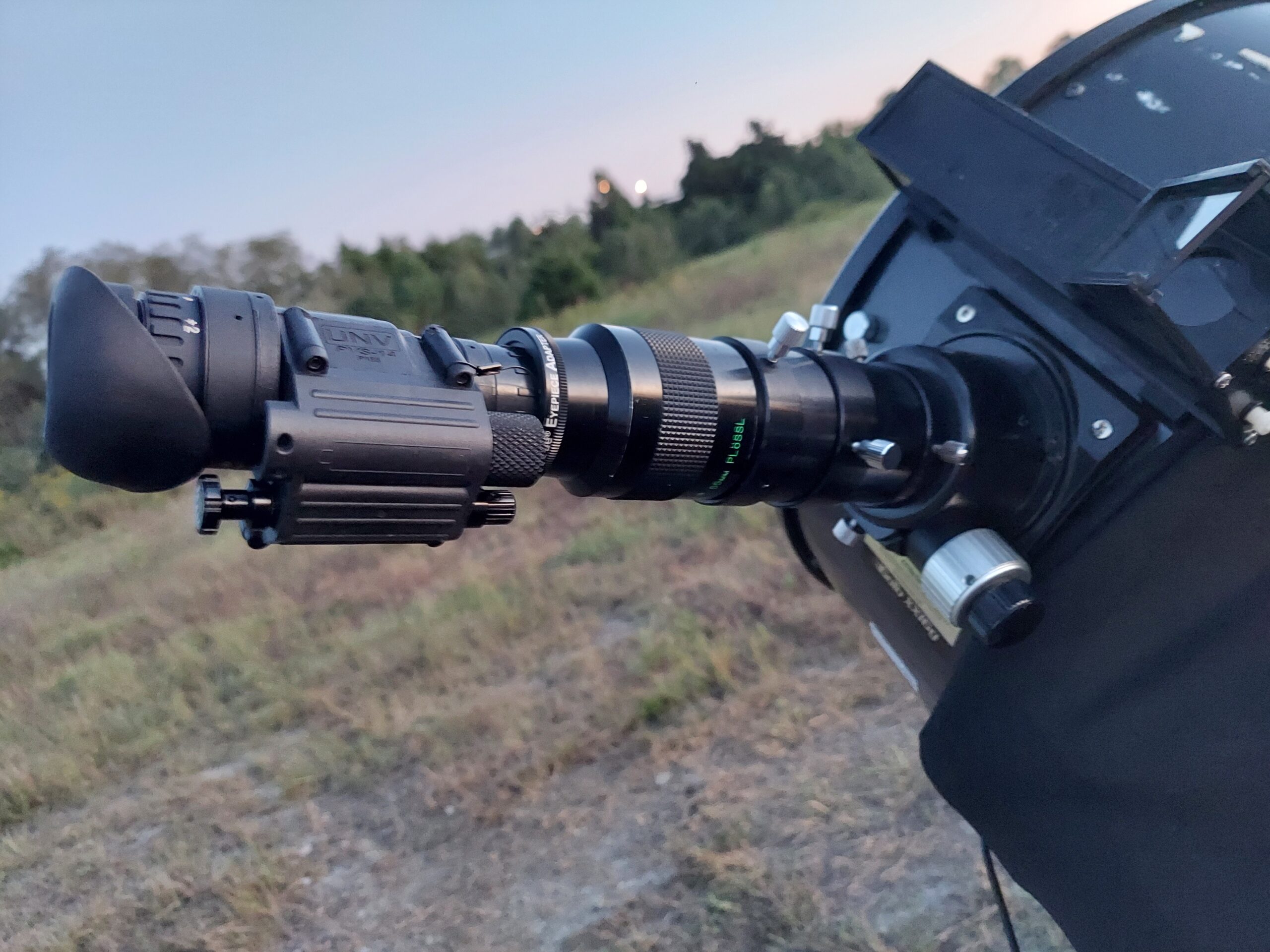Back focus is a term that causes much confusion among newcomers to astrophotography. This is because when people talk about back focus, they often mean different things: the back focus on a telescope, the required back focus for accessories such as field flatteners, or the flange focal distance of DSLRs and astro cameras.
When we use the same terminology for three related but distinct parameters, it is no wonder people get confused.
In this article, we’ll examine each type of back focus, also called back spacing, explain why it is important, and offer suggestions for determining and achieving the correct spacing for your application.
I have three of my best tips for dealing with back focus issues and some really helpful diagrams for understanding back focus with DSLR cameras.
What Is Telescope Back Focus?
Your back focus is simply the distance between this focal plane and some reference point on the telescope, typically the edge of your focuser drawtube when it has been racked all the way in.
Though not usually published in the manufacturer’s specifications, every telescope has a certain amount of back focus.
To understand why it helps to first realize that a telescope’s focal plane is located a specific distance from the back of the focuser.
This is the point at which the image formed by the telescope comes to focus; that is, the light rays from the objective lens or primary mirror converge to points before diverging again.
Why Is Telescope Back Focus Important?
For visual astronomy, all you need to know is that the eyepiece must be situated at this distance to achieve focus.
Telescope manufacturers know this, and they design telescopes so that your focuser will have sufficient travel both inside and outside of focus to accommodate a variety of different eyepiece designs.
Furthermore, the back focus of your telescope will be impacted by any accessories which are intended to be used with it.
Refractors and SCTs, for example, are meant to be used with star diagonals which add length to the optical path so, such telescopes have a long back focus.

As a general rule, Newtonian reflectors usually have much less back focus than refractors.
If, for example, you are hoping to connect a DSLR to your Dobsonian, you will probably find that you cannot get the camera sensor close enough to the focal plane as the back focus on most reflectors is somewhat less than the flange focal distance of DSLR cameras (more on that below).
Other accessories such as binoviewers and long barlow lenses may also require more back focus than your telescope can provide.
In some cases, even a regular eyepiece may not work due to insufficient back focus.
It’s a good idea to reach out the manufacturer and check for compatibility before buying eyepieces and other accessories for your Newtonian. I have had great experiences with the customer service at High Point and Orion.
Common Back Focus Problems and Solution
When astronomers have problems with back focus, I often find these three things to be really helpful.
- People often confuse telescope back focus with the focuser’s outward travel distance. This is doubly confusing because it is backwards: if your telescope lacks back focus, it is the inward focuser travel which limits you.
In other words, you cannot get your optical accessory close enough to the focal plane.
- There are a few ways to alter the back focus of your telescope. Adding a barlow lens, focal extender, or even a coma corrector will add back focus.
Switching to a low-profile focuser should get you a few extra millimetres of back focus.
On a reflector, the primary mirror can also be moved to add back focus. Caution should be taken whenever you make modifications to the optics of your telescope.
- If your telescope has more back focus than you need, you can simply buy an extension tube to make up the difference. It is a good idea to measure the amount of focuser travel you need, and then buy a tube which will give you extra travel on both sides of focus.
Back Focus for Reducers, Flatteners, and Coma Correctors
Optical accessories such as focal reducers, field flatteners, and coma correctors usually list a back focus requirement in the product description or specifications.
This has a different meaning from the back focus of your telescope.
Namely, it indicates the required distance between the back of the accessory (facing the camera), and the camera sensor to achieve optimal performance.
This is completely independent of the telescope back focus from the previous section.
I know this can be very confusing when you are looking to improve your set up.

Why is Back Focus Important for Astrophotography?
For photographic accessories, correct spacing is often critical for achieving a sharp image across the whole frame.
Field Flatterers
Field flatteners, for example, must be a specific distance from the camera sensor to properly flatten the image.
When I first got the reducer/flattener for my William Optics refractor, I was surprised when my DSLR wouldn’t even focus with the flattener in place.
I soon learned that this was because my camera back spacing, 55mm, is less than the required back focus for the flattener.
I was frustrated to learn that the exact spacing required for my equipment isn’t well established; there are different figures on different websites and discussion forums. Trial and error were required, and continue to this day!

What Is Camera Back Focus?
If all that is not confusing enough, there is one more kind of back focus we must discuss.
This time, it is back focus in relation to cameras, also called the flange focal distance (FFD). To be clear, cameras themselves do not have a back focus specification. When we talk about the back focus for a particular camera, we are really referring to the distance between the camera sensor and the flange where the lens or t-ring connects to the body of the camera.

Why Is Camera Back Focus Important?
We can use the FFD to help us choose the correct camera for our telescope, or to determine the amount of extra spacing we need for an accessory such as a field flattener.
55mm has become an industry standard for many photographic accessories.
You will often see the figure 55mm in reference to back focus for optical accessories and cameras alike. The reason for this is that most common DSLR cameras, when equipped with a t-ring, have a flange focal distance of 55mm.
It is also important to consider the camera’s FFD before buying it to use with your telescope, particularly if you own a Newtonian intended for visual use.
I’ve owned a couple of Dobsonian reflectors and neither of them had enough back focus to accommodate the 55mm FFD of my DSLR.
fWith my newly acquired ASI224MC astro-camera, it is a different story. That little camera has an FFD of only 12.5mm and should reach focus easily in my Dobsonian.
I’ll find out for sure if the sky ever clears around here!
Note that refractors and SCTs tend to have a much longer back focus to accommodate the extra optical path length of star diagonals, so you will not have an issue getting a DSLR to focus in these telescopes.
Likewise Newtonian astrographs, are designed for use with cameras and have a much longer back focus than visual Newtonians.





